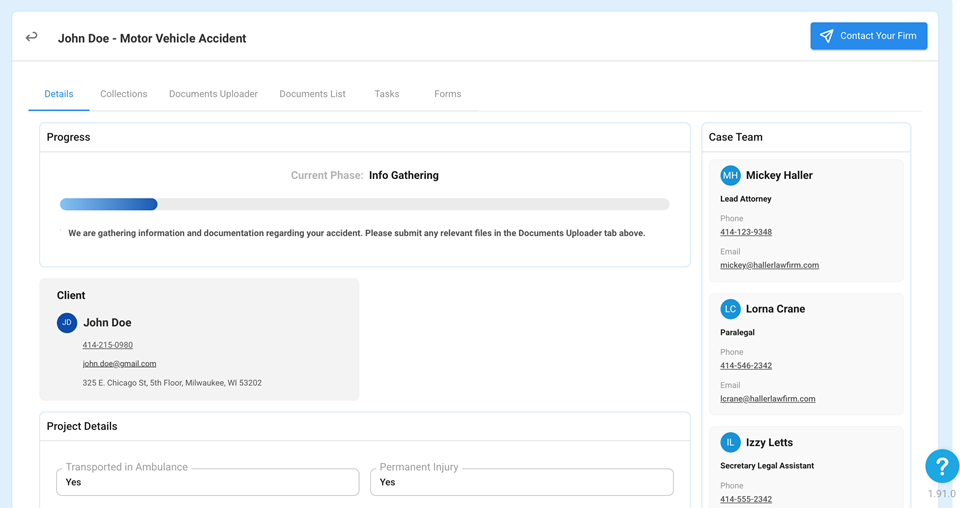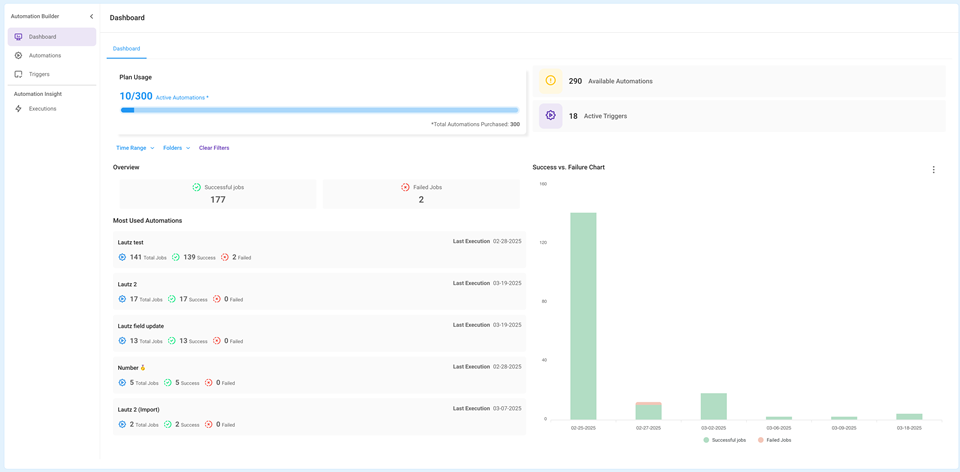Building a Scalable Automation Strategy for Your Law Firm: Beyond Silos, Towards Synergy
Automation is no longer optional—it’s essential for law firm survival. Learn how to move beyond fragmented systems and embrace a scalable approach that empowers your firm to thrive. In this article, we’ll explore the key steps to building a future proof automation strategy.

The Imperative of Scalable Automation
In the ever-evolving legal landscape, efficiency is no longer a competitive edge—it’s a survival imperative. While many firms have embraced automation within singular platforms, the true power lies in developing a scalable strategy that transcends silos. This means integrating automation across your entire workflow, creating a seamless, interconnected system that drives productivity and client satisfaction. Let’s explore how to build that strategy.
The Limitations of Single Platform Automation: Embracing a Holistic Approach
Many firms start with automating tasks within their case management or document generation software. While helpful, this siloed approach leaves significant potential untapped. True scalability requires viewing your firm’s operations as an interconnected ecosystem. As noted in a legal report by Thomson Reuters, the need for efficiency is a driving force in the modern legal market, pushing firms to adopt comprehensive technology solutions.
A holistic automation strategy ensures a seamless flow of information across platforms, eliminating manual data entry, reducing errors, and accelerating processes. To achieve this, systems must ‘talk’ to each other, making API integrations, webhooks, and middleware solutions key to building a cohesive automation framework.
Identifying Key Repetitive Tasks and Bottlenecks: The Foundation of Automation
The foundation of a successful automation strategy is identifying your firm’s key pain points. Conduct a thorough audit of your workflows, focusing on tasks that are:
- Repetitive and time-consuming.
- Prone to human error.
- Dependent on manual data transfer.
- Creating bottlenecks in your process.
Engage your team in this process; they are on the front lines and can provide valuable insights. Document these tasks and prioritize them based on their impact and potential for automation. Look beyond obvious tasks like document generation; consider client communication, billing, and reporting. Automating these tasks can significantly reduce costs, free up staff time, and improve employee satisfaction.
Choosing the Right Automation Tools for Different Needs: Building Your Tech Stack
Not all automation tools are created equal. You’ll need a diverse tech stack to address your firm’s various needs. Consider tools for:
- Case management automation: For automating workflows, task assignments, and deadlines.


- Document automation: For generating, extracting, and managing documents.

- Client communication automation: For personalized email campaigns, automated reminders, and client portal integrations.

- Data integration and API management: For connecting different platforms and automating data transfer.



- Workflow automation platforms: For creating custom automated workflows that span multiple applications.


When evaluating tools, consider factors like:
- Scalability
- Integration Capabilities
- Ease of Use
- Security
Gartner’s research on Robotic Process Automation (RPA) and workflow automation can provide valuable insights. Don’t be afraid to experiment; start with automating one or two key processes and gradually expand your strategy.
Solutions like Neostella Automations can provide a strong foundation for this, offering pre-built automations and customization options to tailor workflows to specific legal needs. A well-chosen tech stack will empower your firm to deliver better client service, operate more efficiently, and gain a competitive advantage.
Investing in Your Firm’s Future
A scalable automation strategy, potentially powered by platforms like Neostella is a crucial investment in your firm’s future success. It requires a holistic approach, a deep understanding of your workflows, and a willingness to embrace new technologies. By moving beyond siloed automation and embracing a connected ecosystem, your firm can unlock its full potential and thrive in the digital age.
